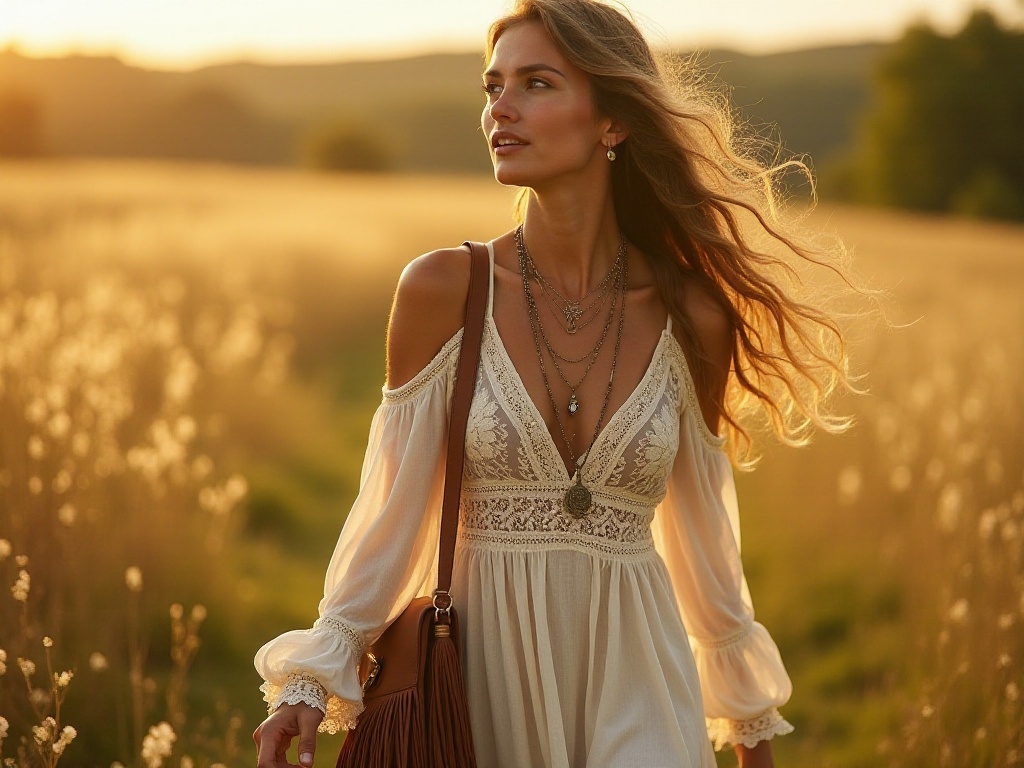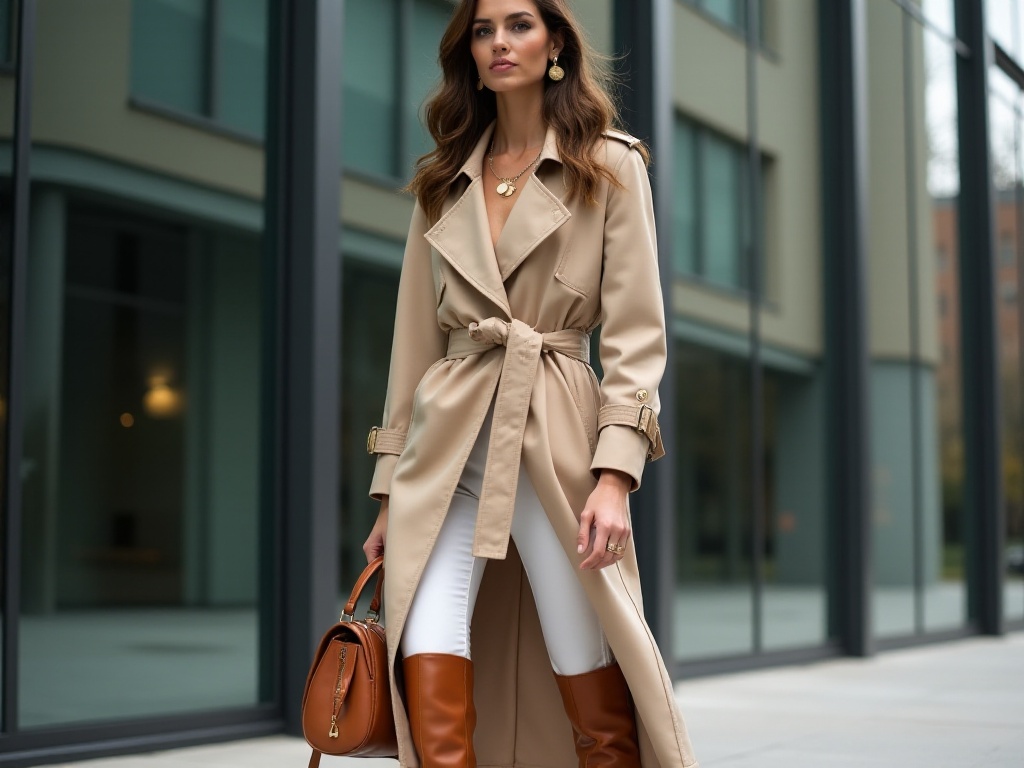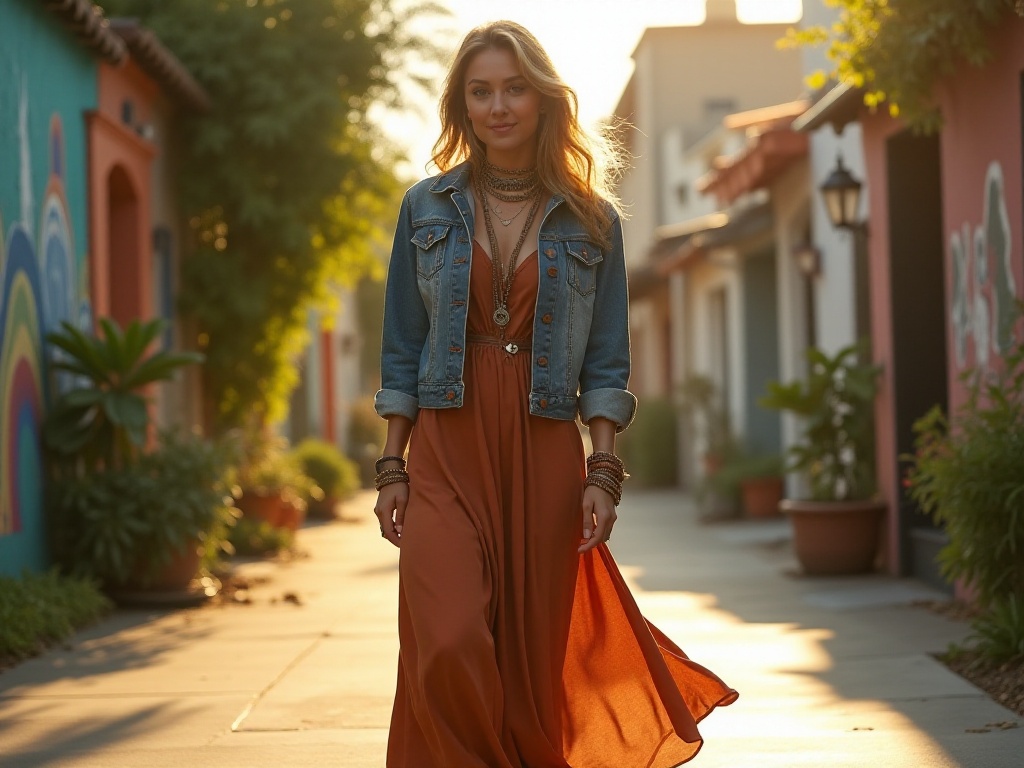Introduction
Standing in front of my closet, I've fallen into decision paralysis for the hundred and first time. Despite my closet being packed full, I always feel like I have nothing to wear. It's really frustrating! I believe many of you share the same struggle. However, after years of exploration and learning, I've finally discovered some super practical styling tips that I'd like to share with you today to help you create your own fashionable look.
Understanding Yourself
To be honest, when I first started studying fashion, I was completely lost. Later, I discovered that to dress well, the most important thing is to understand yourself first. I remember once when shopping at the mall, a sales assistant told me to determine my skin tone first. This really opened up a whole new world for me!
It turns out skin tones are divided into warm and cool. The determination method is actually very simple - you can observe the color of the veins on the inside of your wrist under natural light. If they appear blue-purple, that's a cool tone; if they appear greenish, that's a warm tone. You can also compare gold and silver jewelry to see which metal color suits you better.
I myself have a standard warm tone, with skin that has a slight golden yellow tint. After discovering this, my wardrobe started developing towards earth tones. Last Singles' Day, I bought a camel cashmere coat, and it was absolutely meant to be! Every time I wear it out, I receive so many compliments. Not just because of the coat's quality, but more importantly because the color particularly complements my skin tone.
If you're a cool-toned beauty, you're really lucky! Cool colors like blue and purple will look especially good on you. I have a close friend who is typically cool-toned, and I still vividly remember how she looked in a lake blue dress.
Besides skin tone, body proportions are also a very important consideration. After years of exploration, I've found that high-waisted styles really suit someone like me who isn't blessed with height. High-waisted pants can effectively elongate leg lines, making overall proportions look more balanced. Also, different body types suit different cutting styles. For example, if you have a pear-shaped body, A-line skirts will look slimmer than fitted skirts.
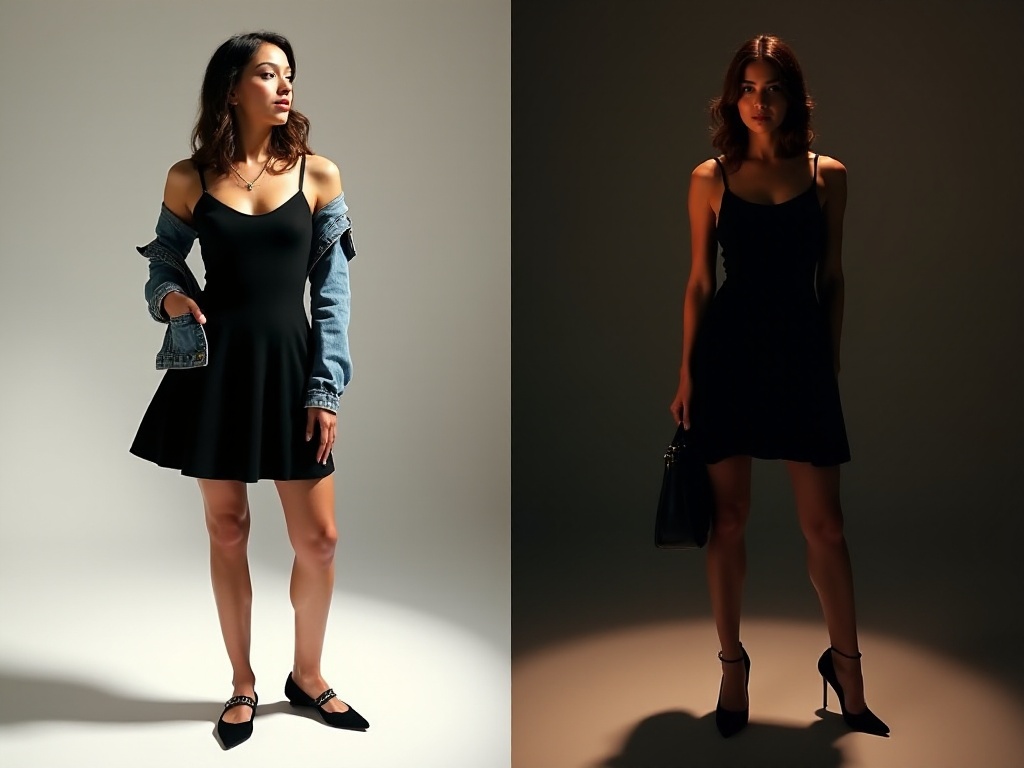
Color Matching Secrets
Speaking of color matching, it's truly a technical skill! I remember when I first tried coordinating outfits, I always thought the brighter the better, but ended up looking like a walking flower vase. Looking back now, it's really embarrassing!
After years of learning, I've discovered that subtle color combinations actually create a more sophisticated look. Take one of my recent favorite outfits for example: a beige knit top paired with a light brown skirt looks particularly gentle and textured. This kind of similar color scheme coordination is particularly easy to handle and won't go wrong.
Additionally, choosing patterns is also a science. I now particularly like some delicate small patterns, like small florals and fine stripes. The other day I found a particularly beautiful polka dot dress, with classic black and white colors and just the right size of patterns - neither too bold nor too plain. These details often make the overall look more refined.
Speaking of contrasting colors, there's no need to be too afraid. I personally like to use accessories to try some small color contrasts. For example, pairing all black with a red silk scarf, or a beige suit with a royal blue bag - such accents can add highlights without being too flashy.
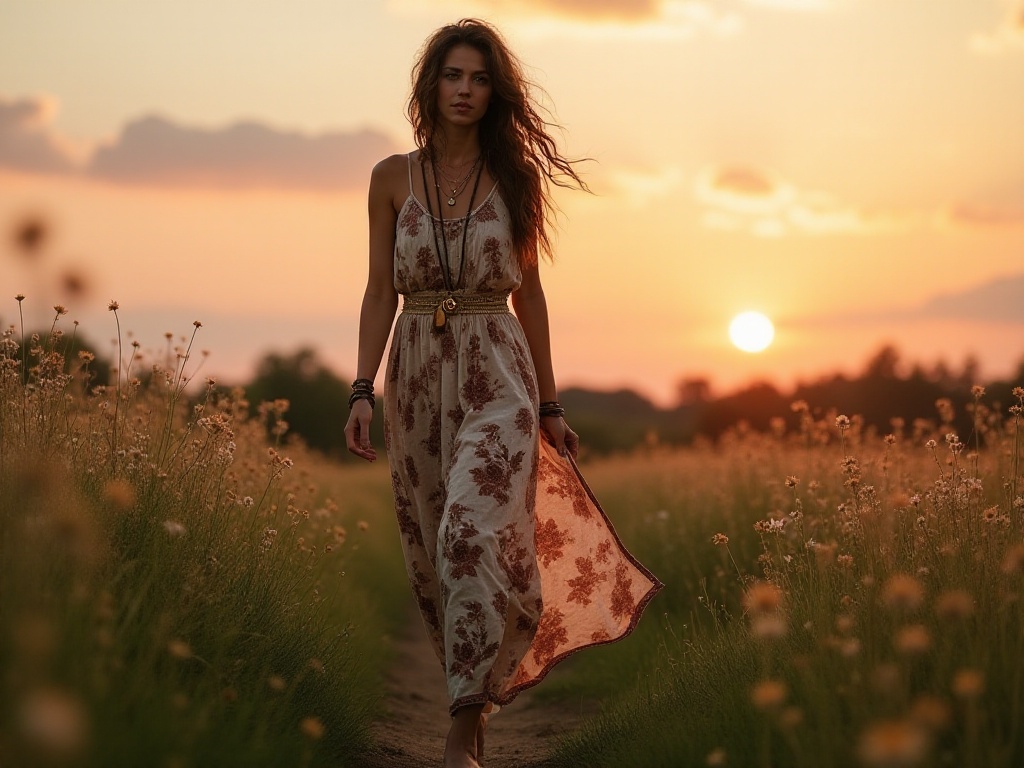
Layering
To achieve a sophisticated look, layering is really a particularly important element. I remember last fall, I wore a very popular combination to a friend's birthday party: a white turtleneck sweater as the base layer, a camel wool vest over it, and a dark brown long coat as the outer layer. Although they were all relatively basic pieces, when layered together they created a very textured look.
When creating layered looks, the variation in color depth is also very important. I usually follow the principle of light to dark or dark to light. For example, a beige shirt paired with a light brown cardigan and then a dark brown coat creates a very natural gradient effect.
Another small tip is to pay attention to fabric texture variations. I particularly like to pair clothes of different materials together, such as a silk shirt with a wool coat, or a knit sweater with a leather skirt - such combinations make the overall look richer and more interesting.
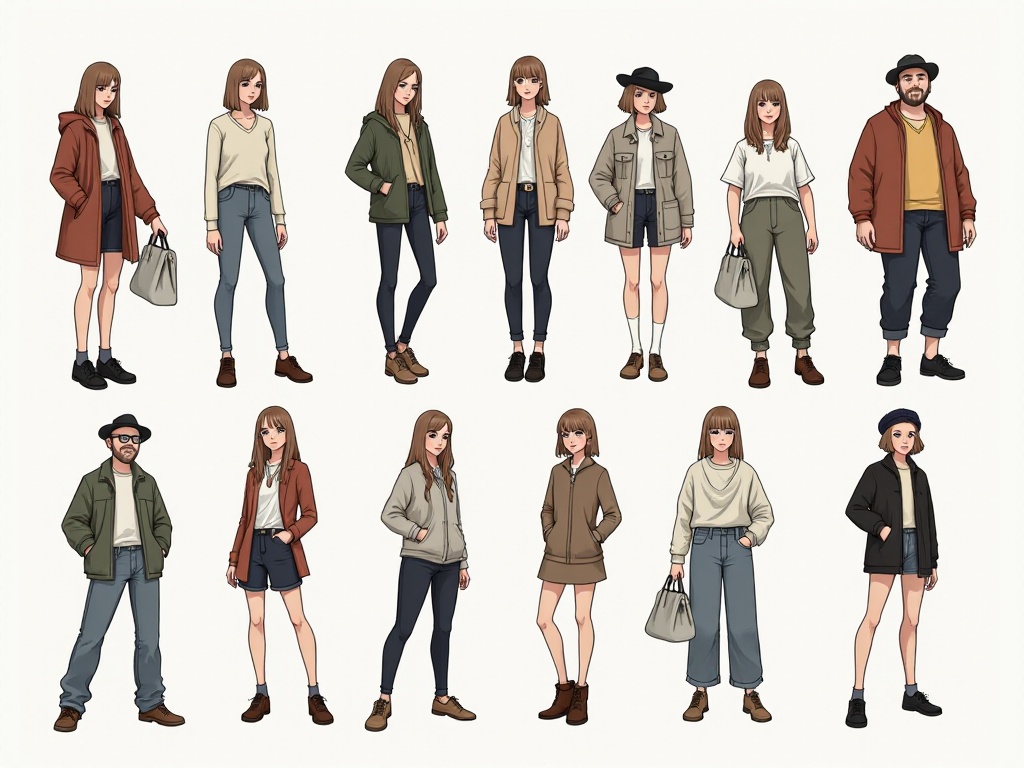
Classic Pieces
Speaking of classic pieces, they're truly versatile and durable. I remember when I first started working, I always bought cheap fast fashion items to save money, but they lost shape and color after just a few wears. Later I changed my strategy and started investing in some quality classic pieces. Although the unit price is higher, the value for money is really good.
Take trench coats for example - a good trench coat is absolutely a wardrobe essential. The camel trench coat I bought two years ago has great quality and classic tailoring, and it's still one of my most frequently worn outerwear pieces. It looks sharp with pants in spring and autumn, and gentle with dresses - it's truly versatile.
Besides trench coats, a good little black dress is also a very worthy investment piece. I remember researching for a long time before buying my current little black dress - the style is simple but the details are perfect, and the neckline design is particularly elegant. Most importantly, this kind of basic piece is extremely versatile - you can easily switch styles by pairing it with different outerwear and accessories.
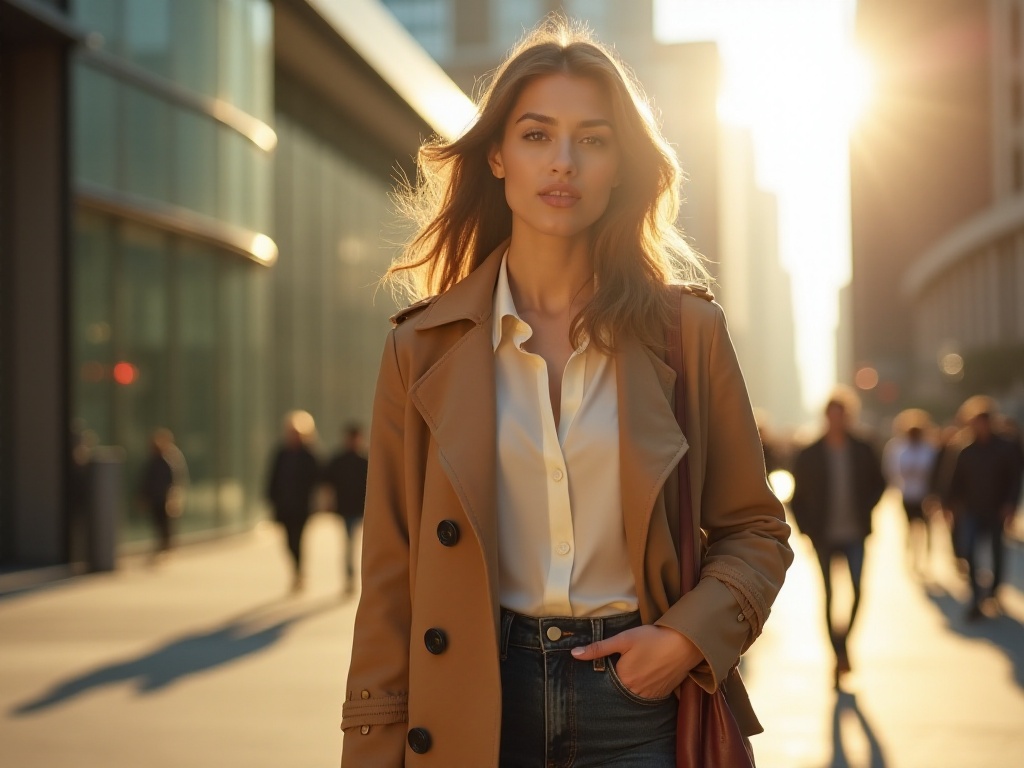
Accessorizing
Accessories are truly magical for elevating an outfit! I've found that often, it's these small accessory details that can instantly upgrade the level of an overall look. For example, a basic white T-shirt paired with an elegant necklace can make the whole outfit look very different.
I personally really like collecting versatile accessories. For jewelry, I choose simple styles, like small pearl studs and fine chain necklaces. These types of jewelry aren't too eye-catching but can add nice touches to the overall look.
Bag selection is also important. I think everyone should have a versatile black bag, preferably one with a simple style and good leather quality. The black leather bag I bought last year is absolutely my styling secret weapon - it works for both commuting and dating.
Flexibility
Learning to wear one piece multiple ways can really make your wardrobe work twice as efficiently. Take my favorite black dress for example - for work, I pair it with flat shoes and a casual blazer, creating a look that's formal but not too serious. For friend gatherings, I'll switch to stiletto sandals and add a beautiful belt, instantly making the look more playful and lively.
Seasonal changes also provide many styling possibilities. For example, a silk dress can be worn on its own in summer, layered with a turtleneck sweater in spring and fall, and paired with a sweater or blazer in winter. This way, one piece can create many different effects.
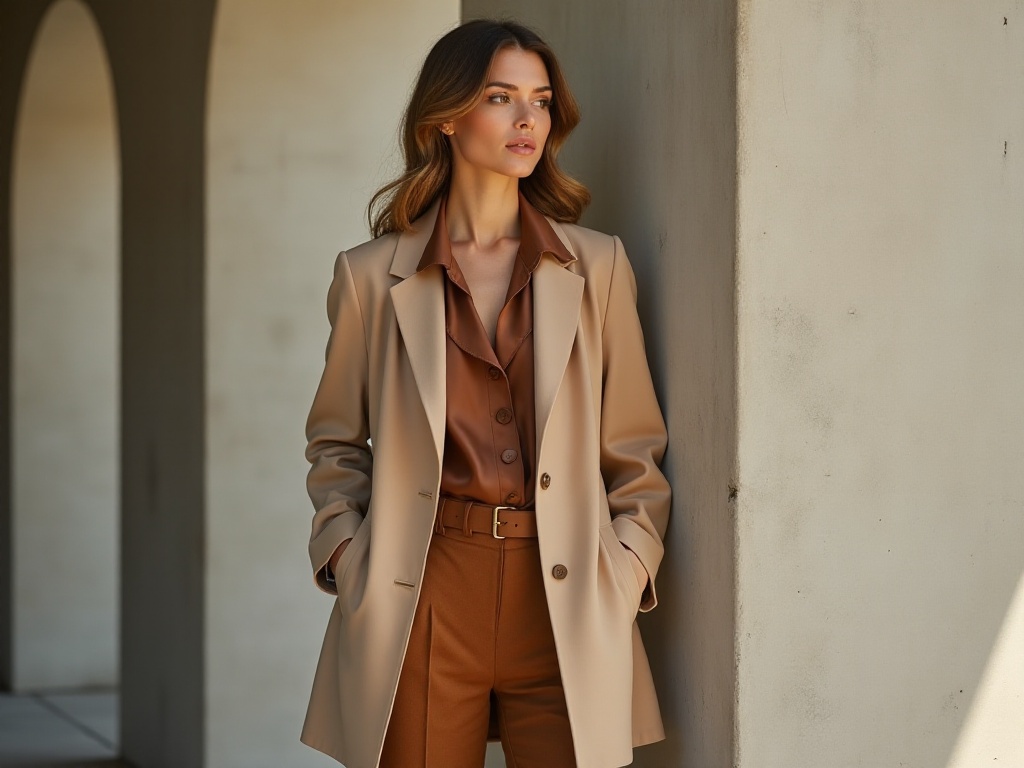
Overall Control
Styling really needs to take care of everything from head to toe. Now I take a full-body photo every time I put together an outfit, which makes it easier to spot whether the overall effect is coordinated. Sometimes I feel the clothes match perfectly, but after taking a photo, I realize the shoe style doesn't quite match, or the bag color is a bit jarring.
Hairstyle and makeup are also very important parts. I've found that the same outfit combination can look very different with different hairstyles and makeup. For example, with a very formal suit, loose long hair and light makeup will create a very gentle feel; if you tie a neat ponytail and add red lipstick, it instantly creates a strong professional feeling.
Shoe selection is also crucial. My principle is: choose formal shoes for formal occasions, and comfortable flats for casual occasions. Also, the shoe color should preferably echo the overall color scheme of the look, which will appear more coordinated.
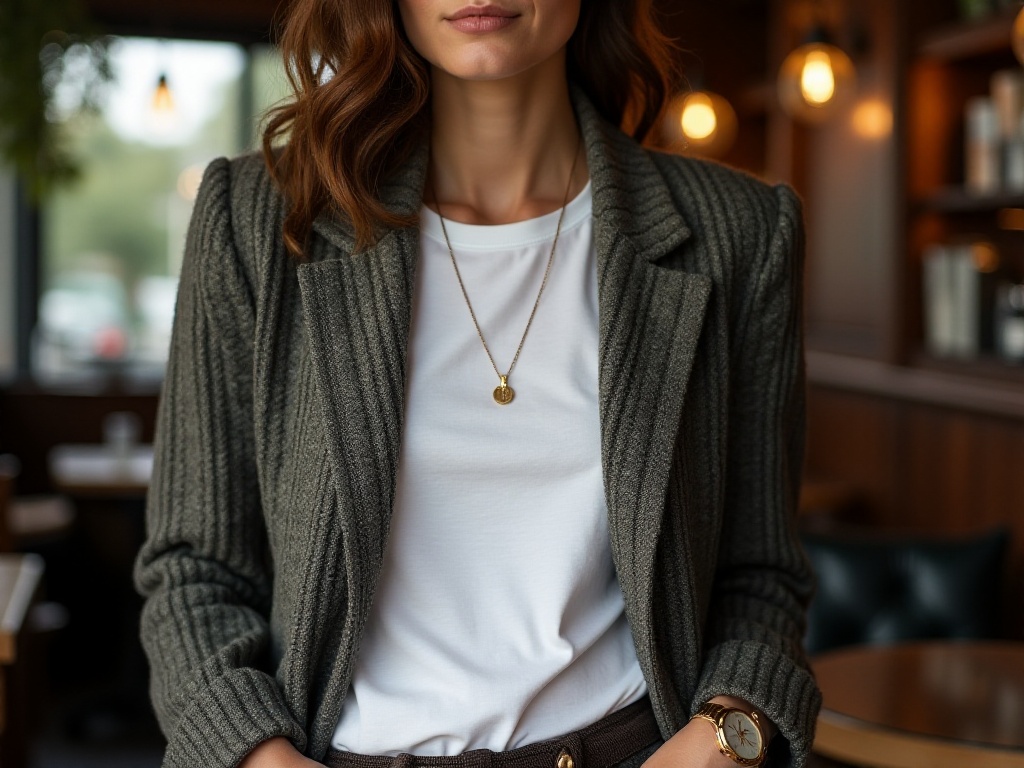
Conclusion
Actually, styling isn't that complicated - the key is to try more and find the style that suits you best. Remember, the most important thing about dressing is to make yourself feel comfortable and at ease. When you're confident about your look, you'll walk with swagger!
I now really enjoy the process of putting together outfits every day - it has become a very important part of my life. Through continuous trial and summary, I've found many styling methods that suit me. I believe you can definitely find your own way of dressing too!
Related articles


